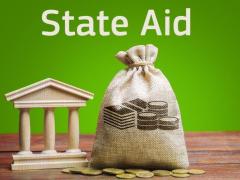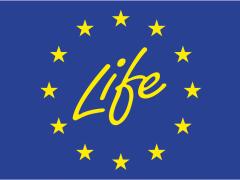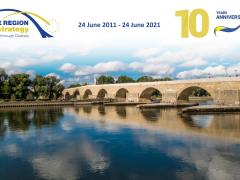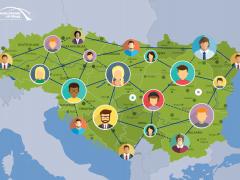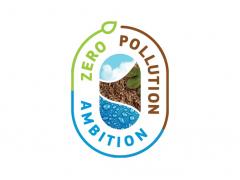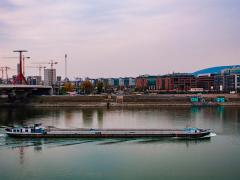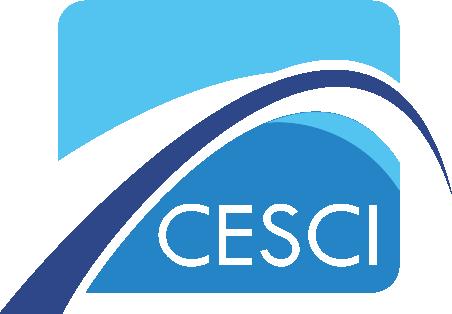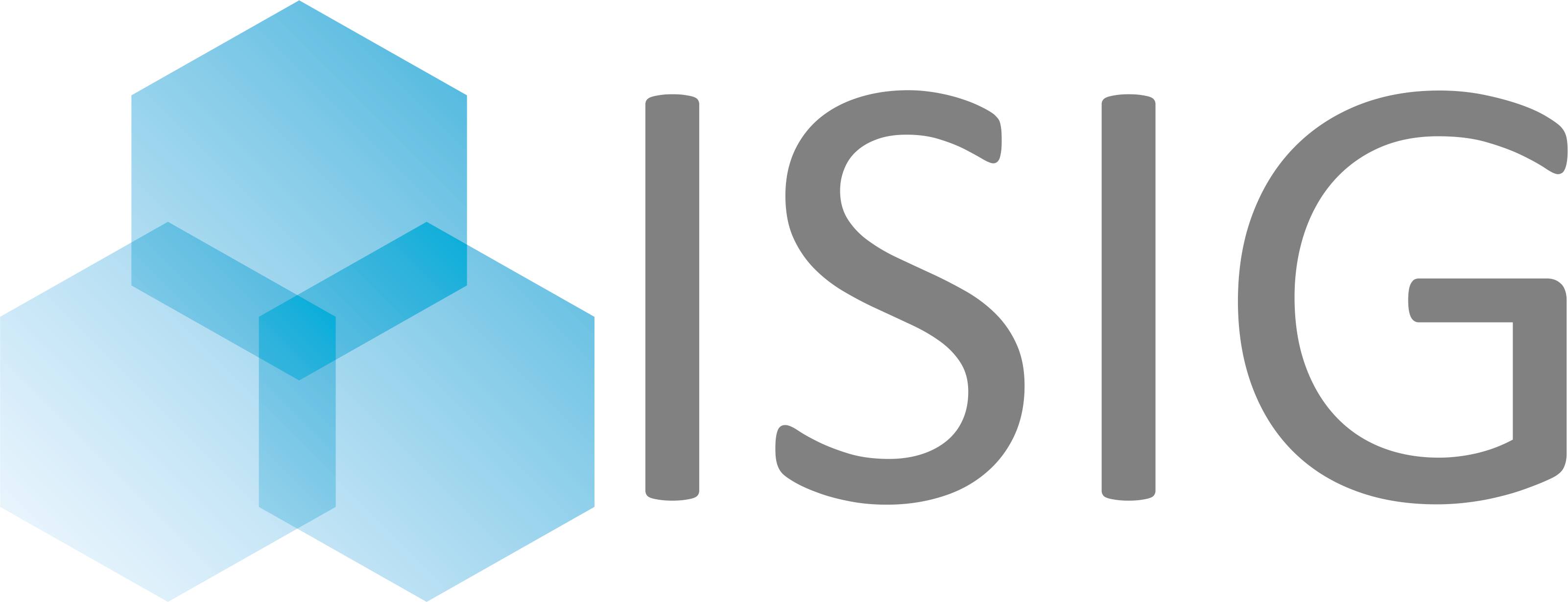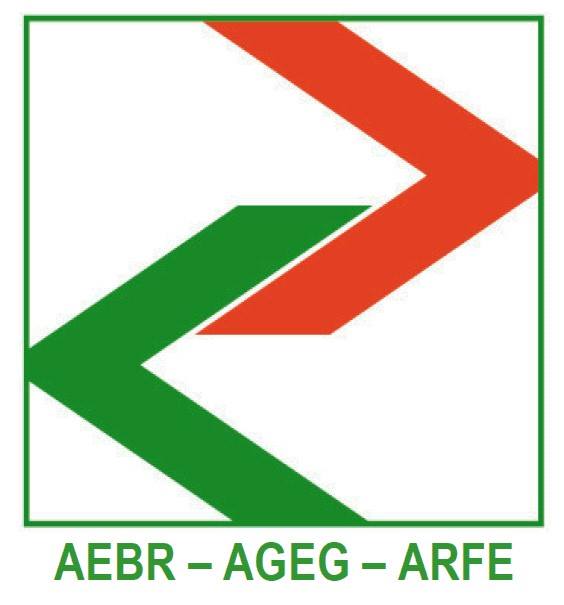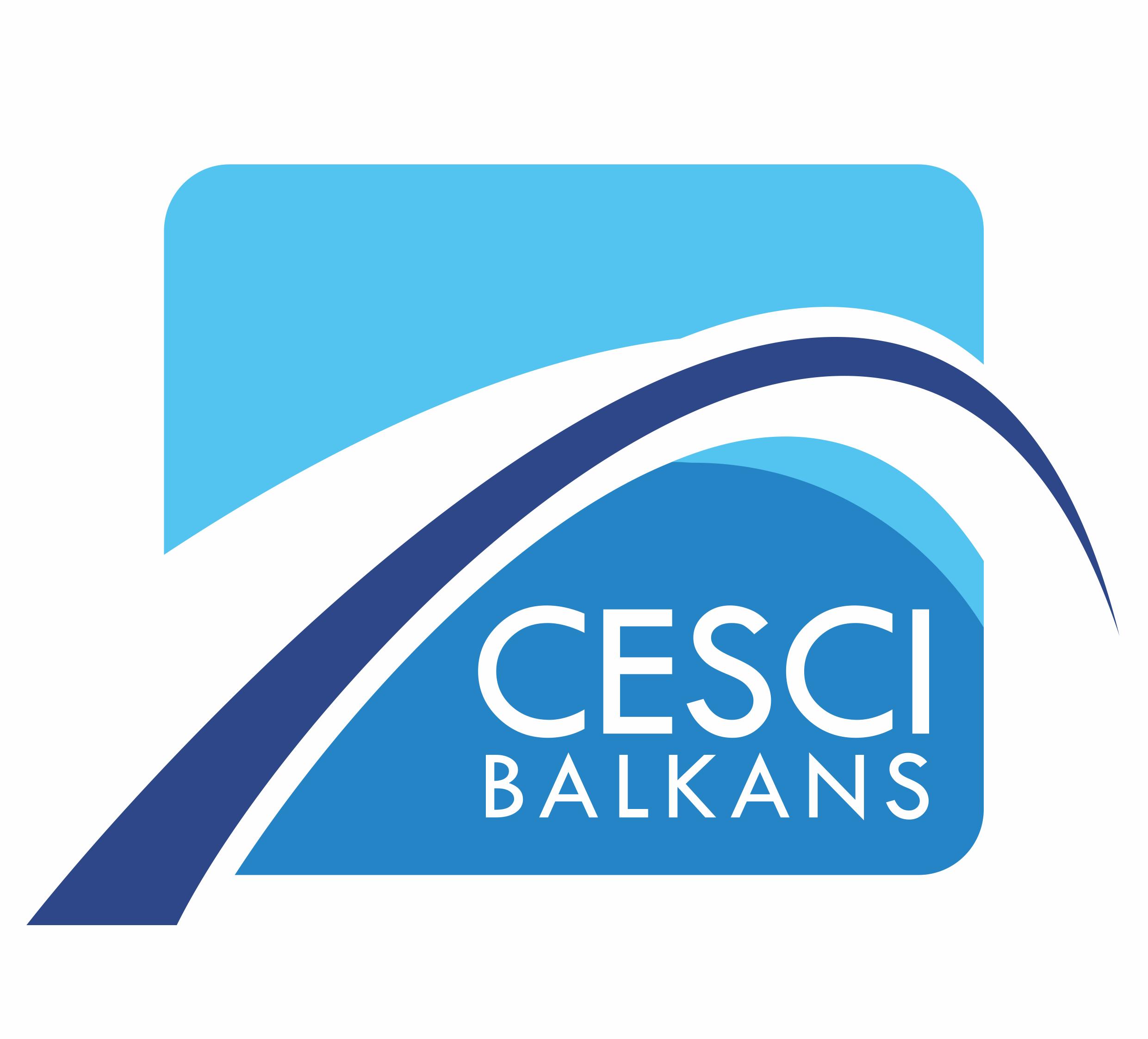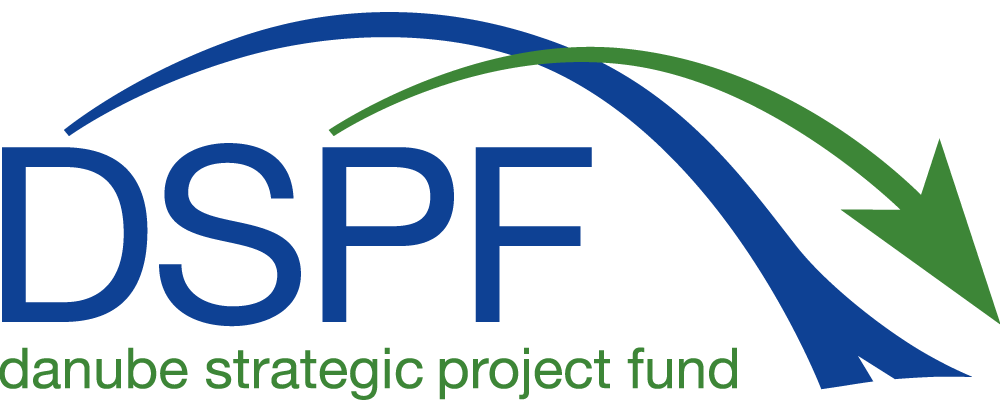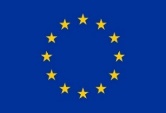News
News
In 2021, the EU Strategy for the Danube Region (EUSDR) celebrates its 10th anniversary: 10 years of transnational cooperation in the fields of mobility and transport, energy, tourism and culture, protection of water, nature and biodiversity, education and labour market, competitiveness, strengthening of institutional cooperation and security.
To draw attention to this special anniversary, the City of Vienna published an article on the EUSDR on their website. Read more here!
The Danube Strategy Point, at the initiative of the Slovak EUSDR Presidency organised today the first meeting of the IPA and NDICI programme authorities within the region, in order to support and enhance the embedding process of the EUSDR objectives into the EU funded programmes.
The overall objective of macro-regional strategies is to pool resources and bring national approaches into a more coherent macro-level implementation in order to tackle common challenges. This should lead to visible results and in the long-term contribute to more economic, social and territorial cohesion.
On 12 May 2021, the European Commission adopted the EU Action Plan: “Towards a Zero Pollution for Air, Water and Soil”(and annexes) – a key deliverable of the European Green Deal.
Pollution harms our health and our environment. It is the largest environmental cause of multiple mental and physical diseases and of premature deaths, especially among children, people with certain medical conditions and the elderly.

On 24 April, the two-day 3rd International Conference of the Association of Geography Teachers of Slovenia “Landscape and Sustainable Development” was successfully concluded. It was performed remotely. 62 participants from four countries participated.
The international conference offered an extremely large number of pedagogical ideas and implementations, as well as implemented and documented proposals for school field work. The invited lecturers were dr. Mitja Bricelj, Ph.D. Dušan Plut, Ph.D. Gregor Kovačič, Ph.D. Ana Vovk Korže, Ph.D. Karel Natek, Ph.D. Tajan Trobec, Ph.D. Michael Scoullos, Iro Alampei and dr. Thomais Vlachogianni.

POPRI international is a competition for the best entrepreneurial idea among young people (high school students aged 14 to 18 and university students aged 18 to 29) from 9 countries of the Adriatic-Ionian macro-region (Slovenia, Croatia, Bosnia and Herzegovina, Serbia, Montenegro, Albania, Kosovo, Northern Macedonia, Greece, Italy).
The competition started in Slovenia, where 3,494 participants (supported by more than 500 mentors and 300 institutions) have taken part in it so far. POPRI International enables young people to develop innovation, creativity and entrepreneurship.

